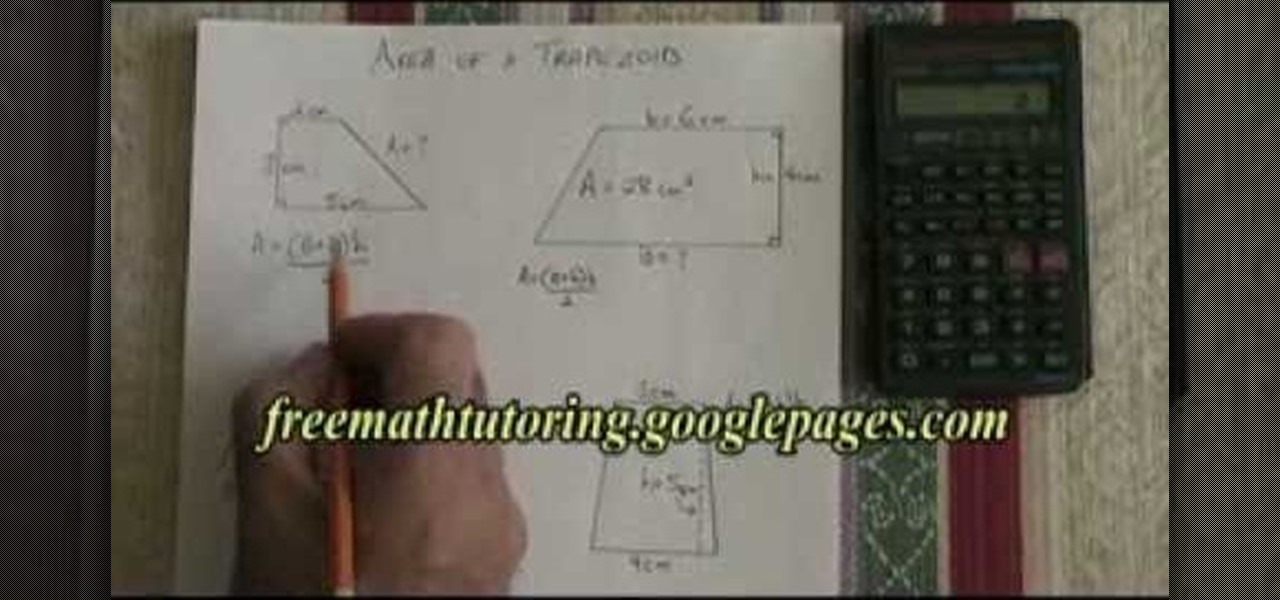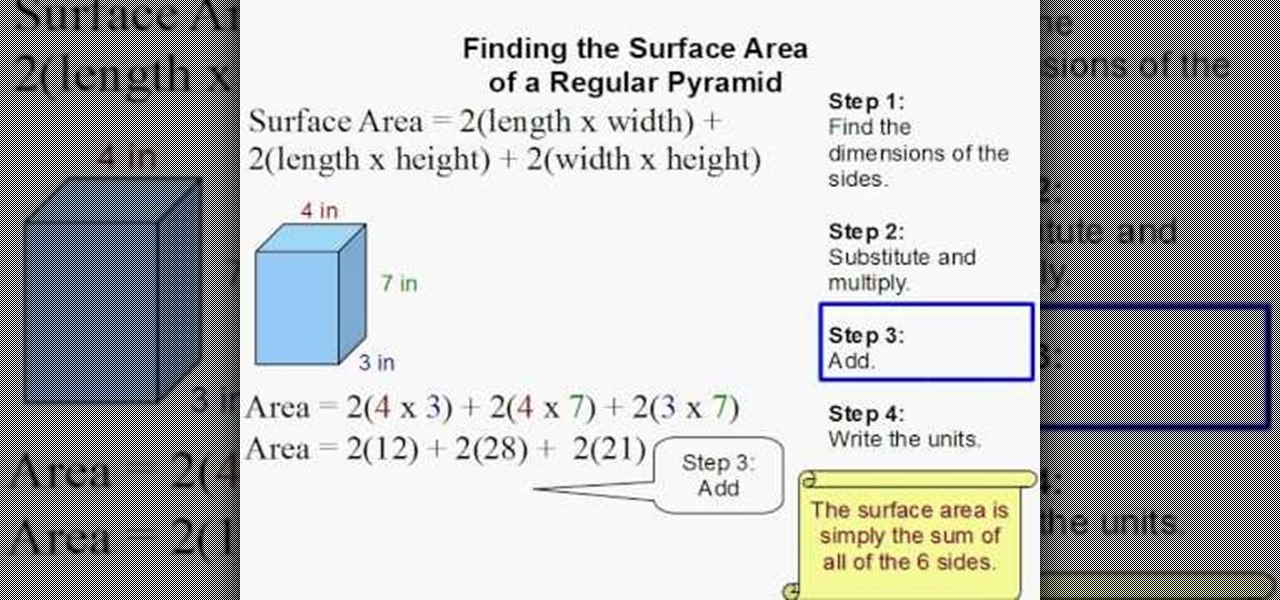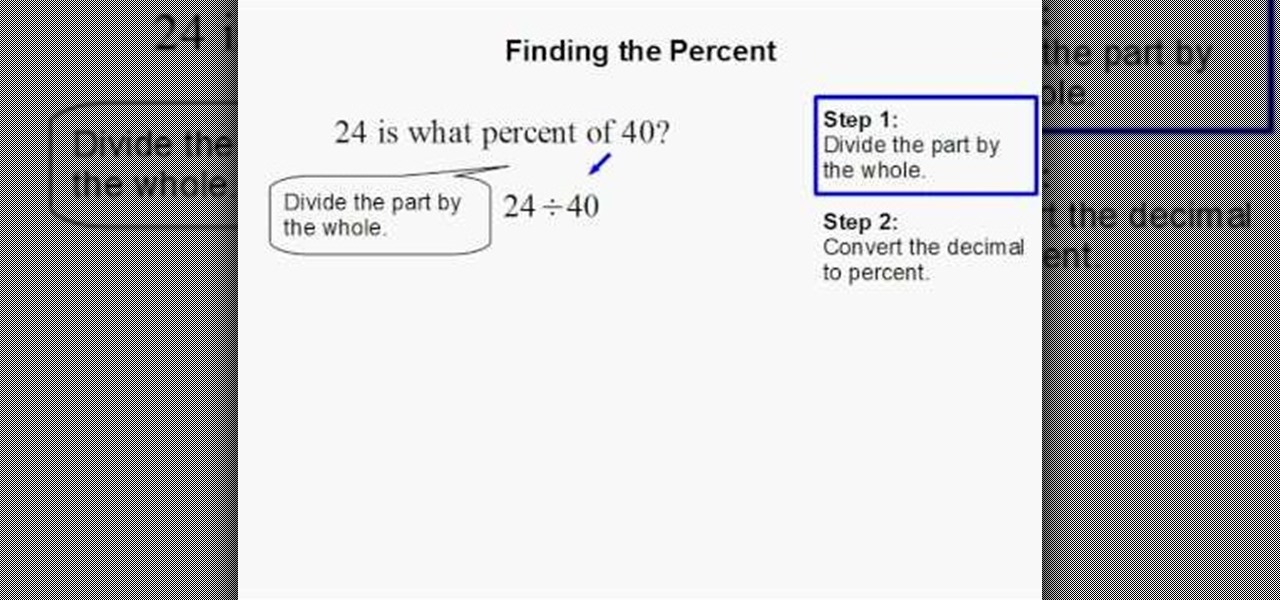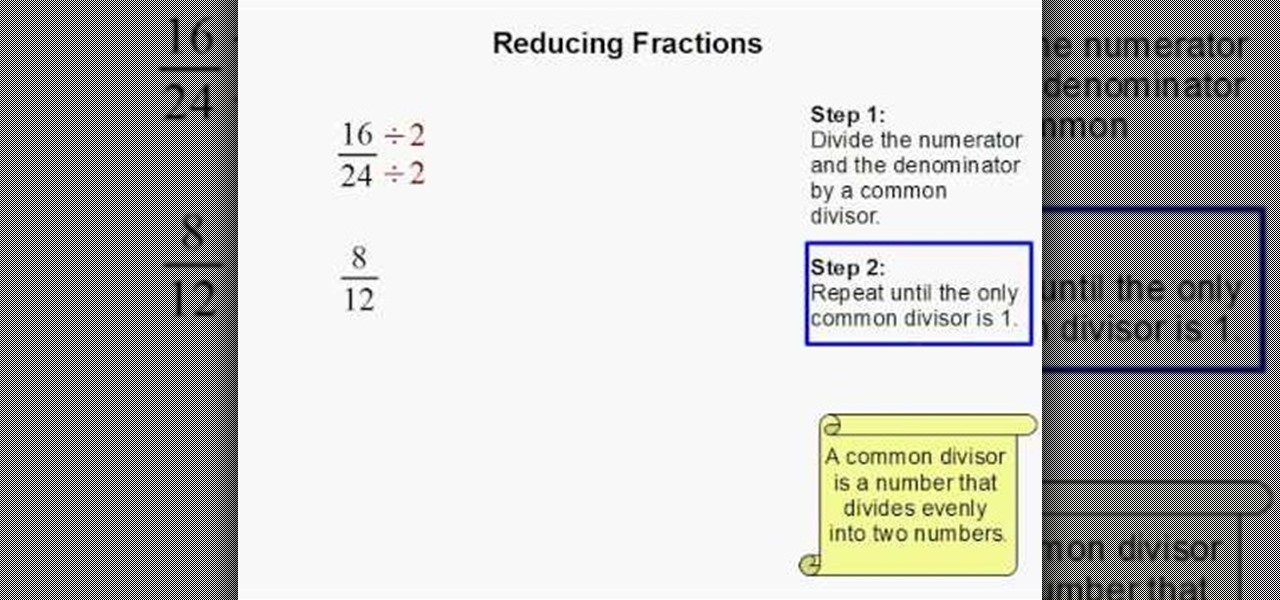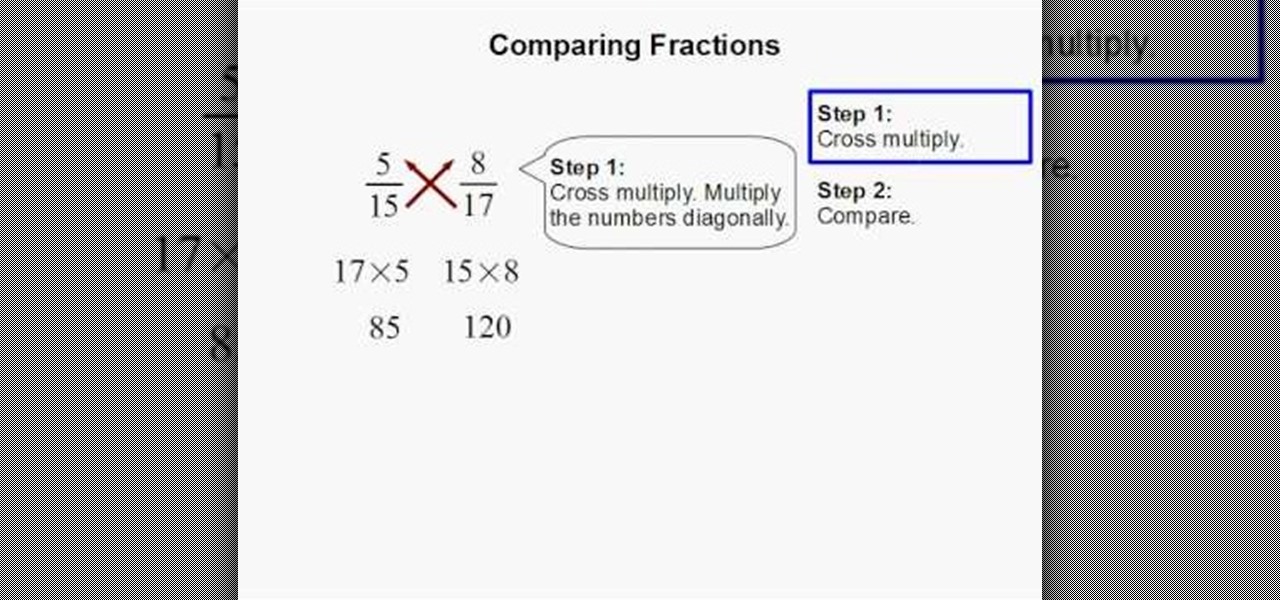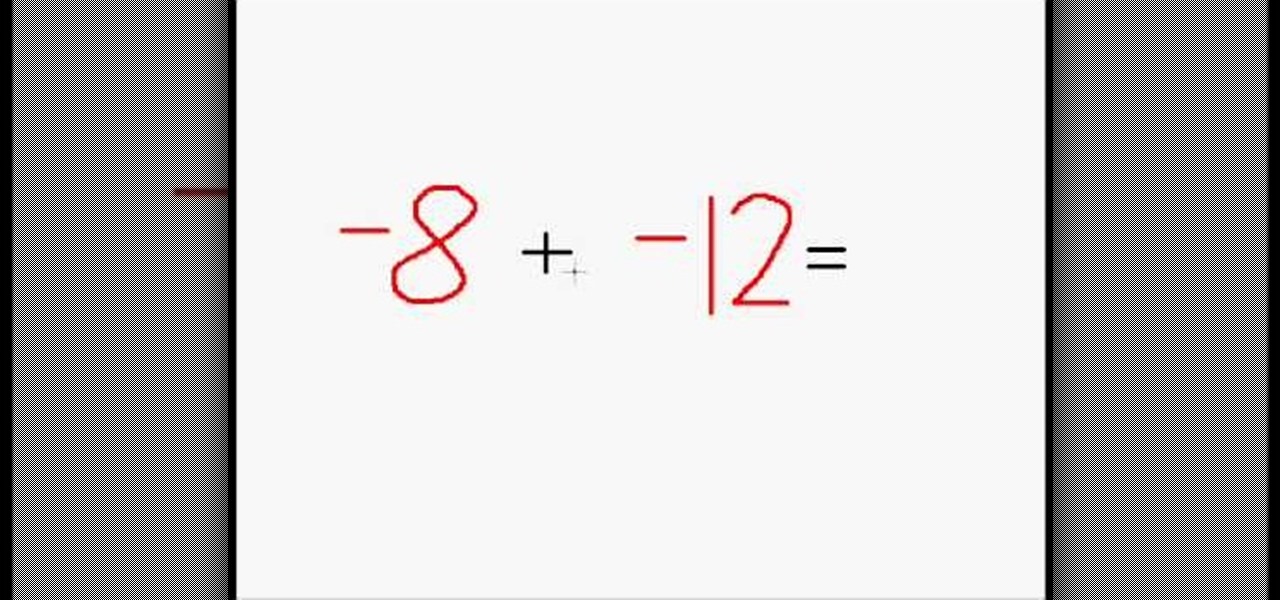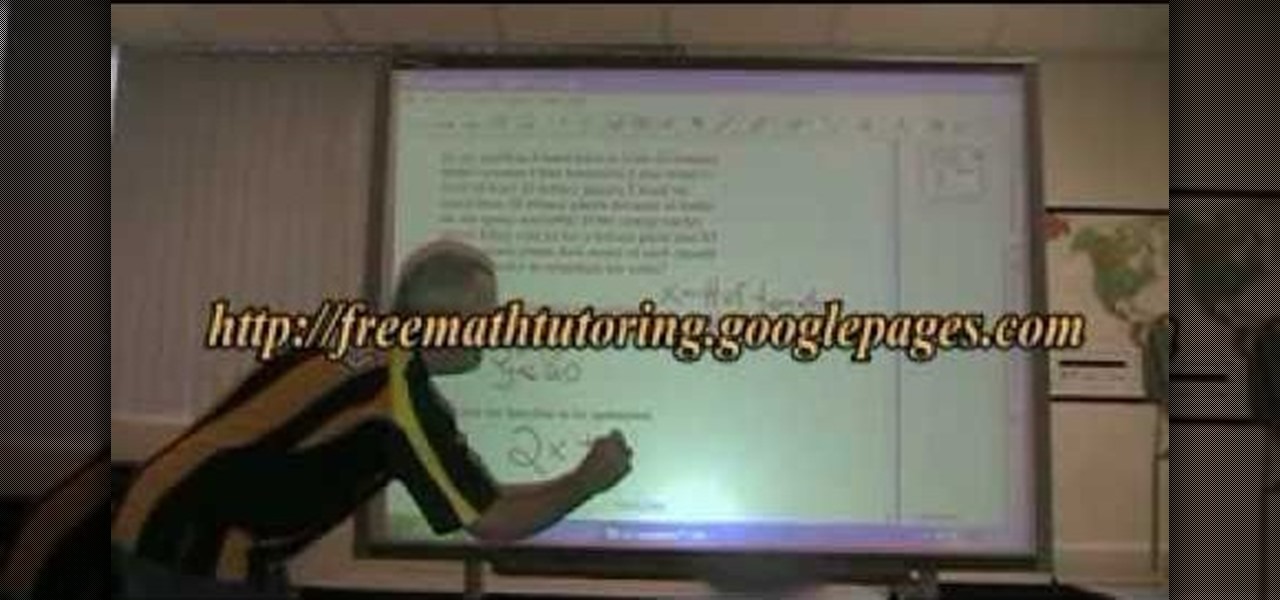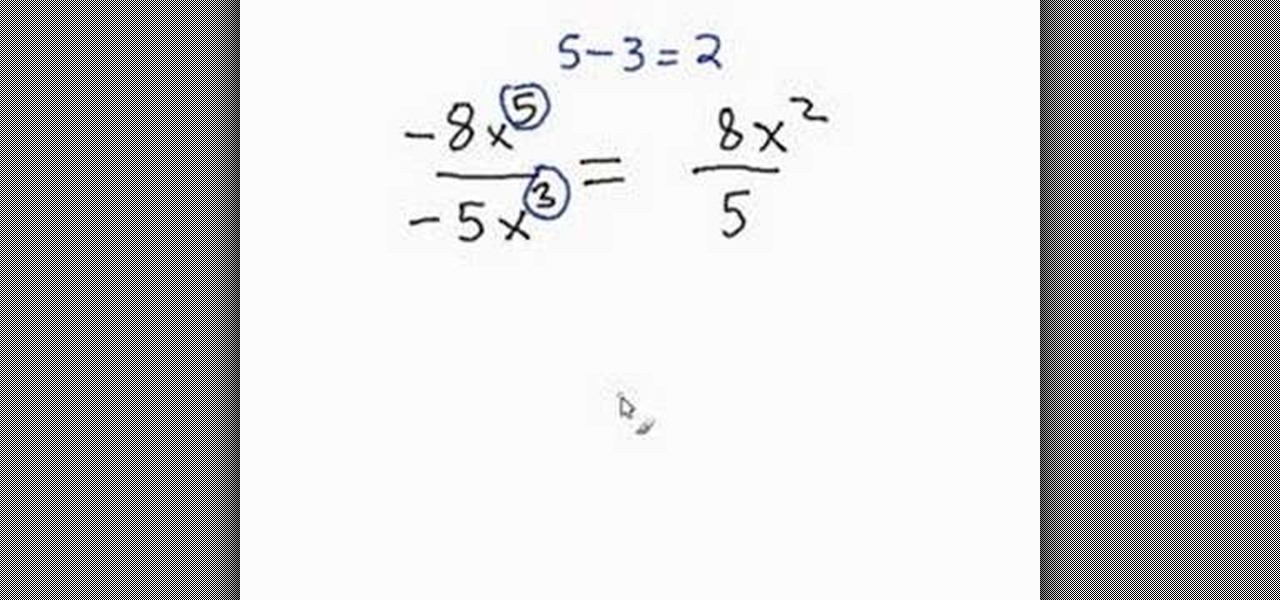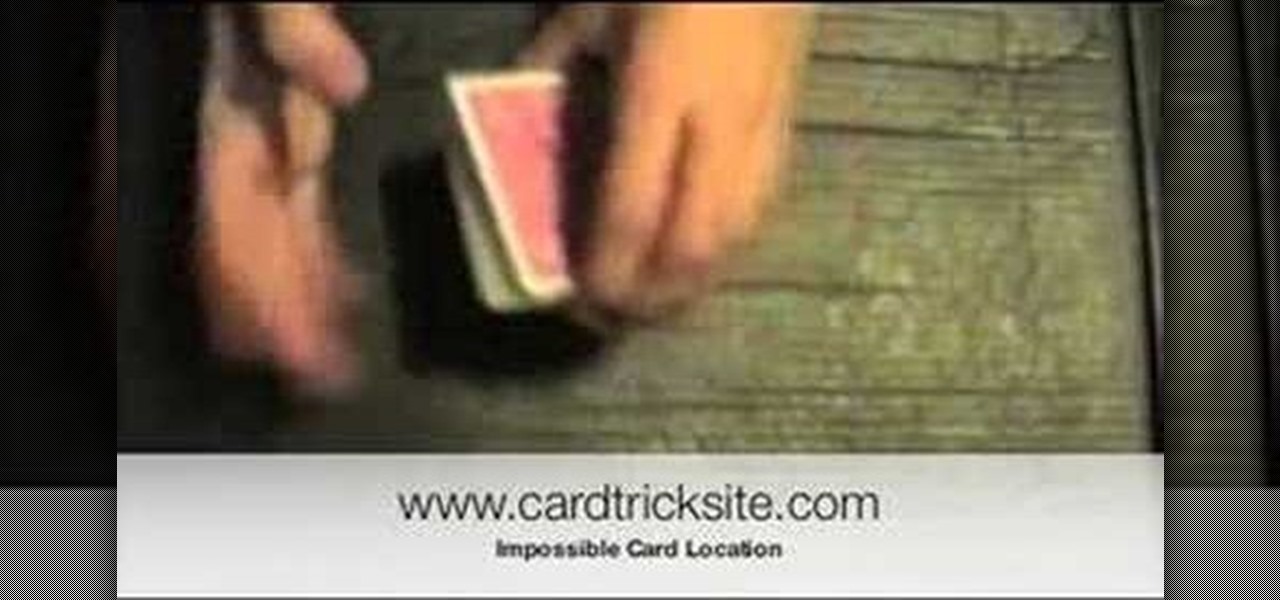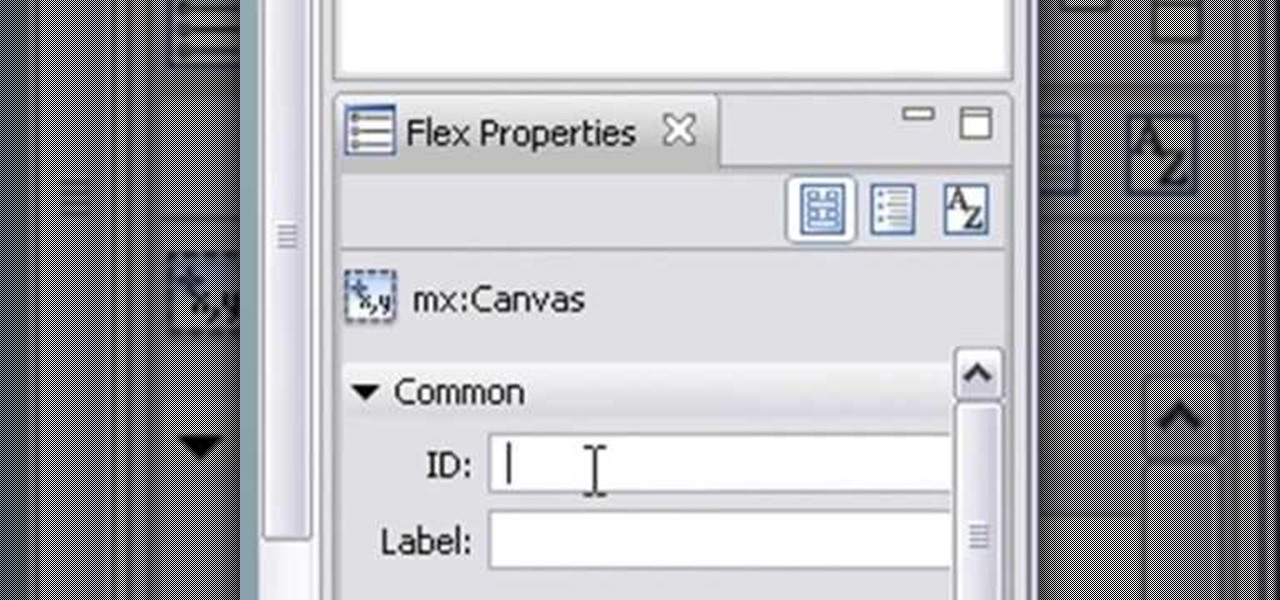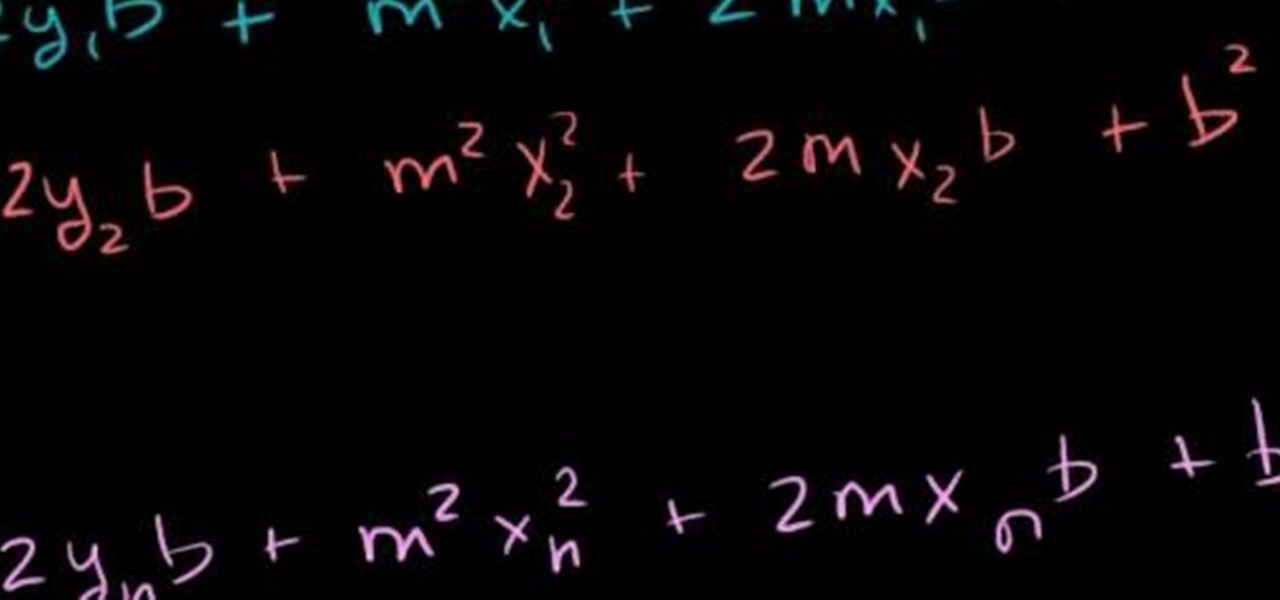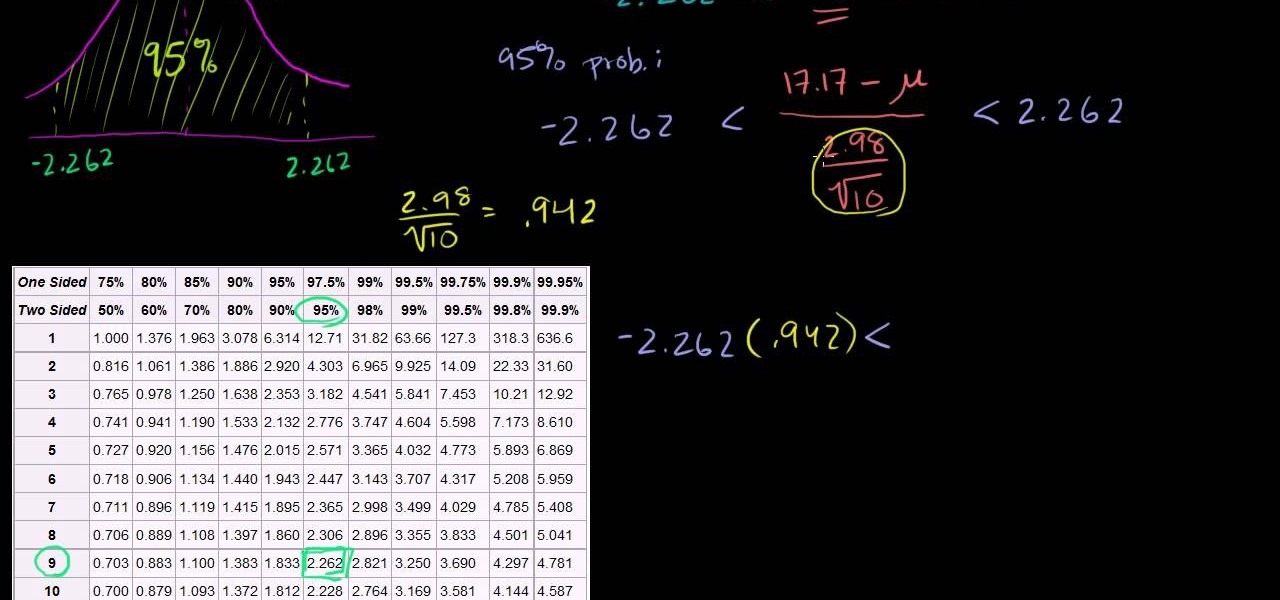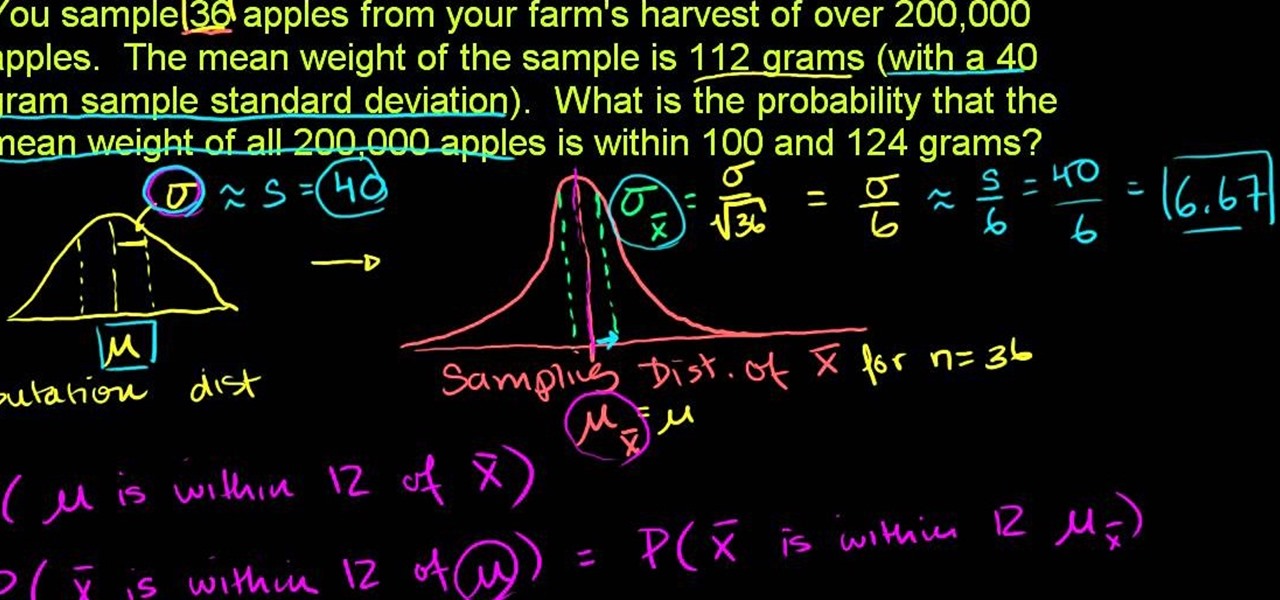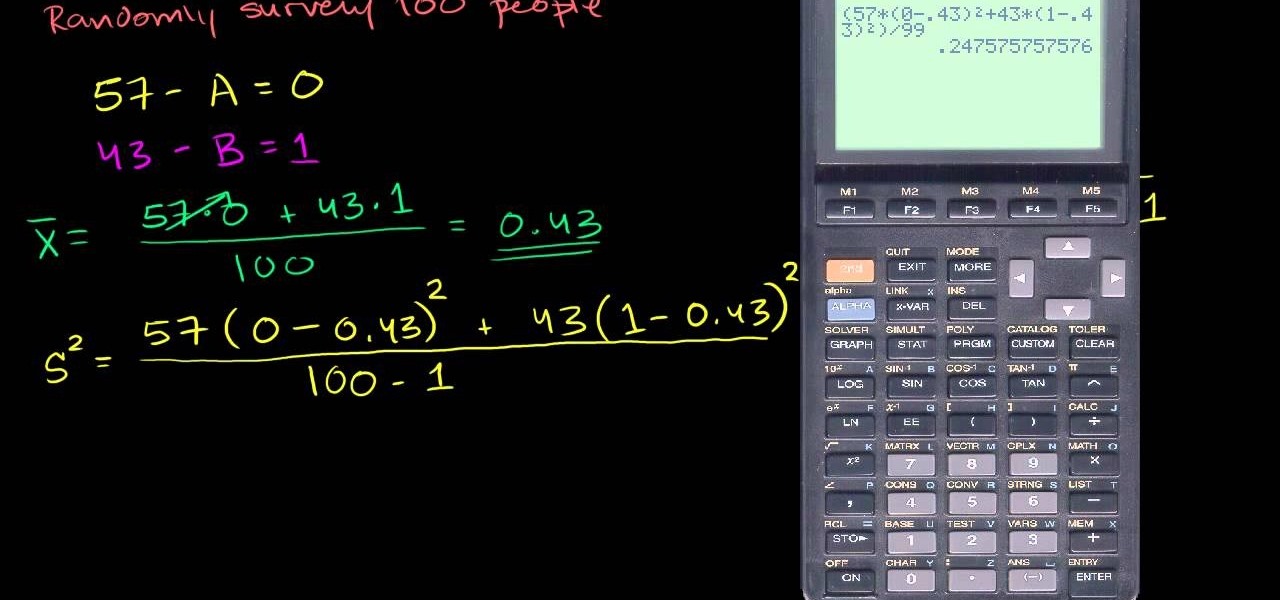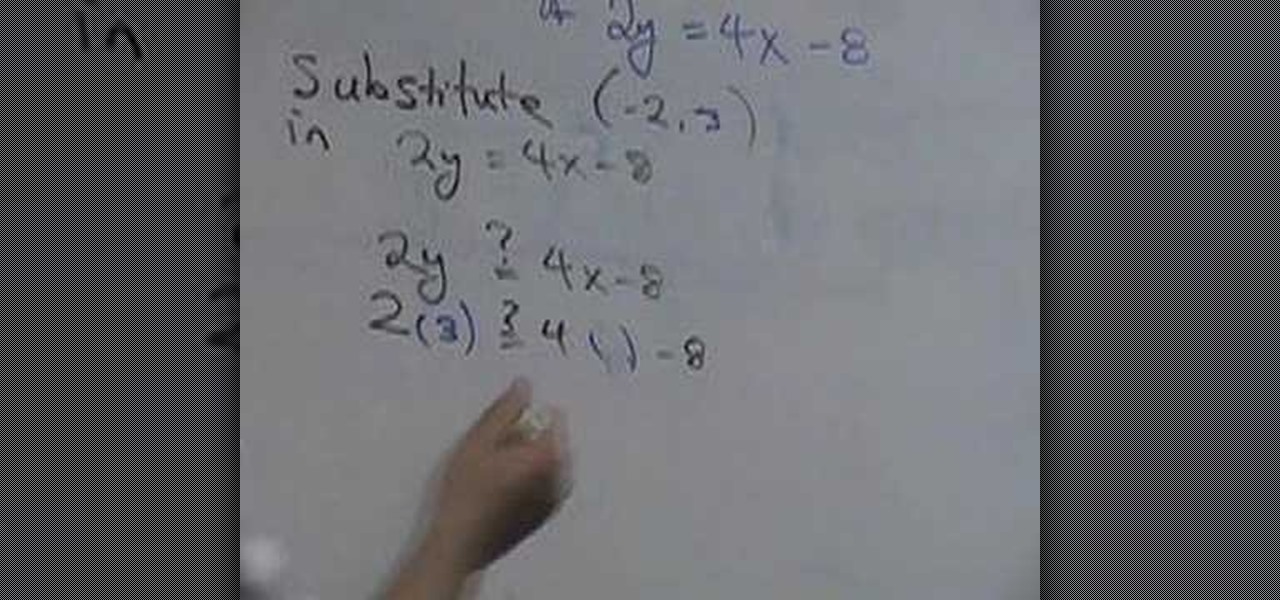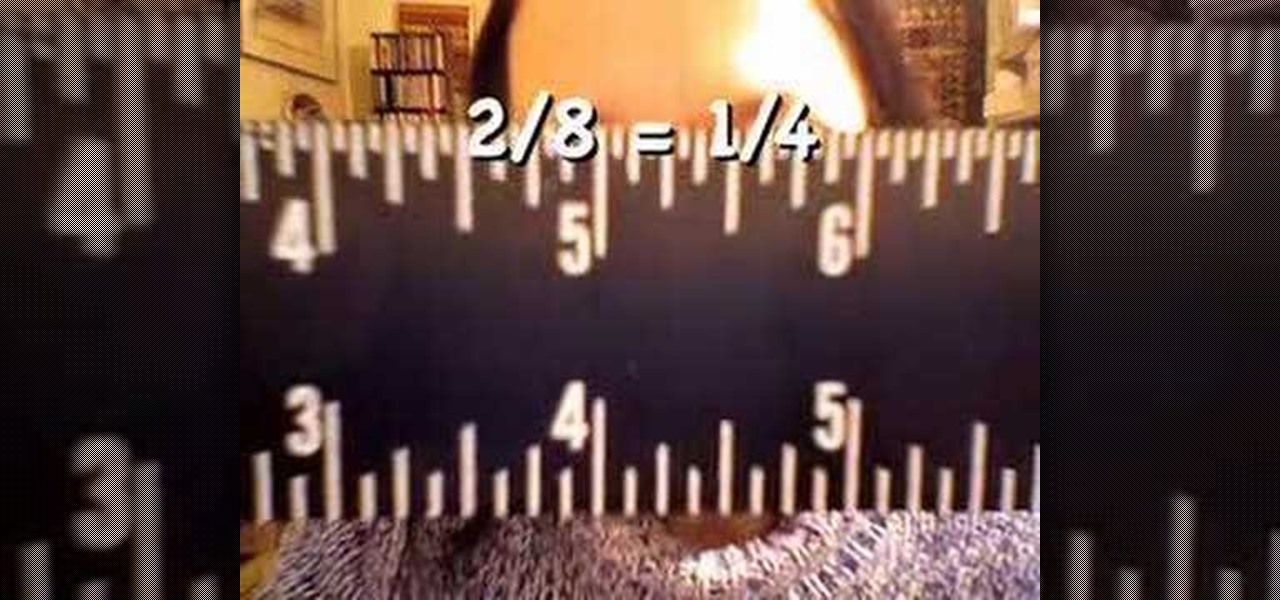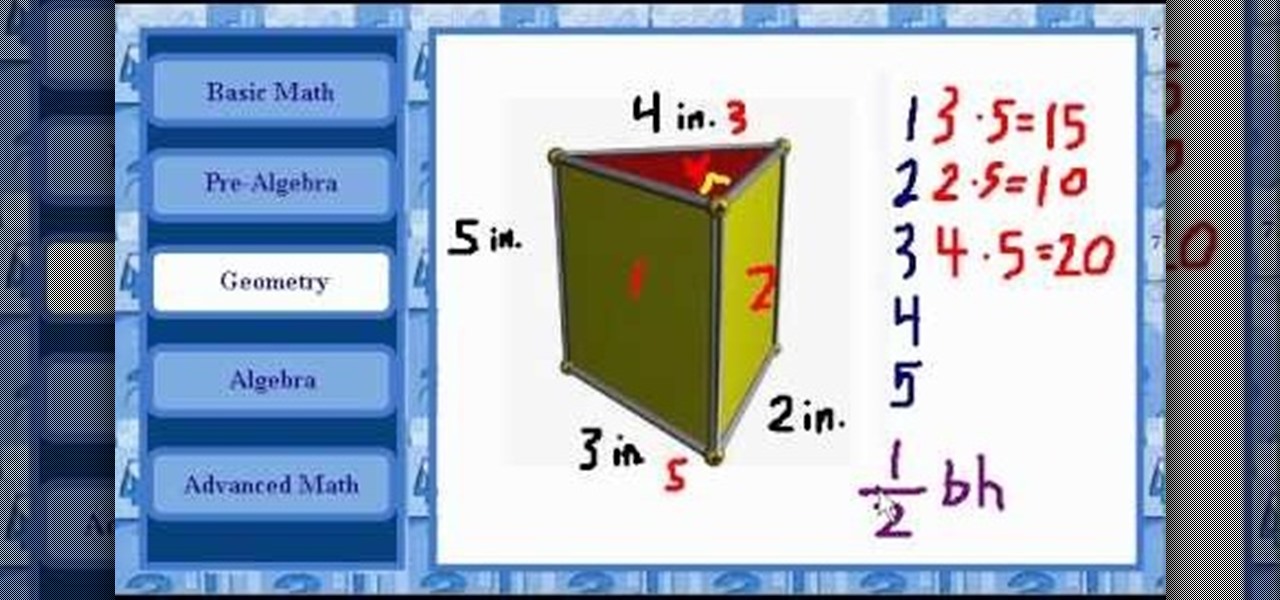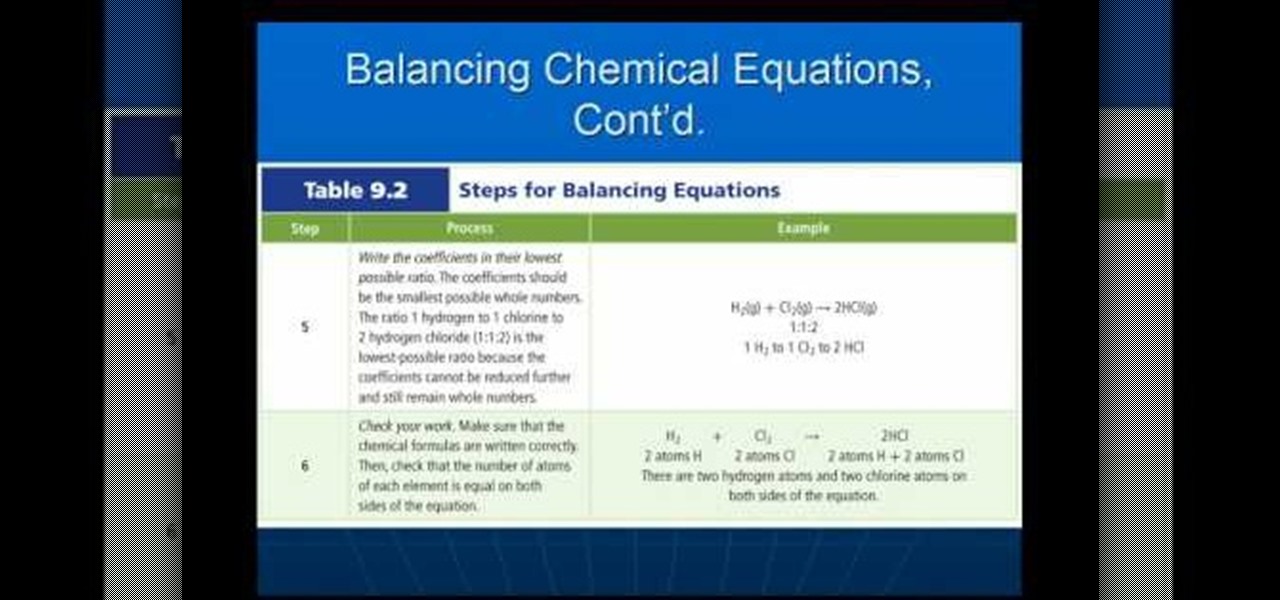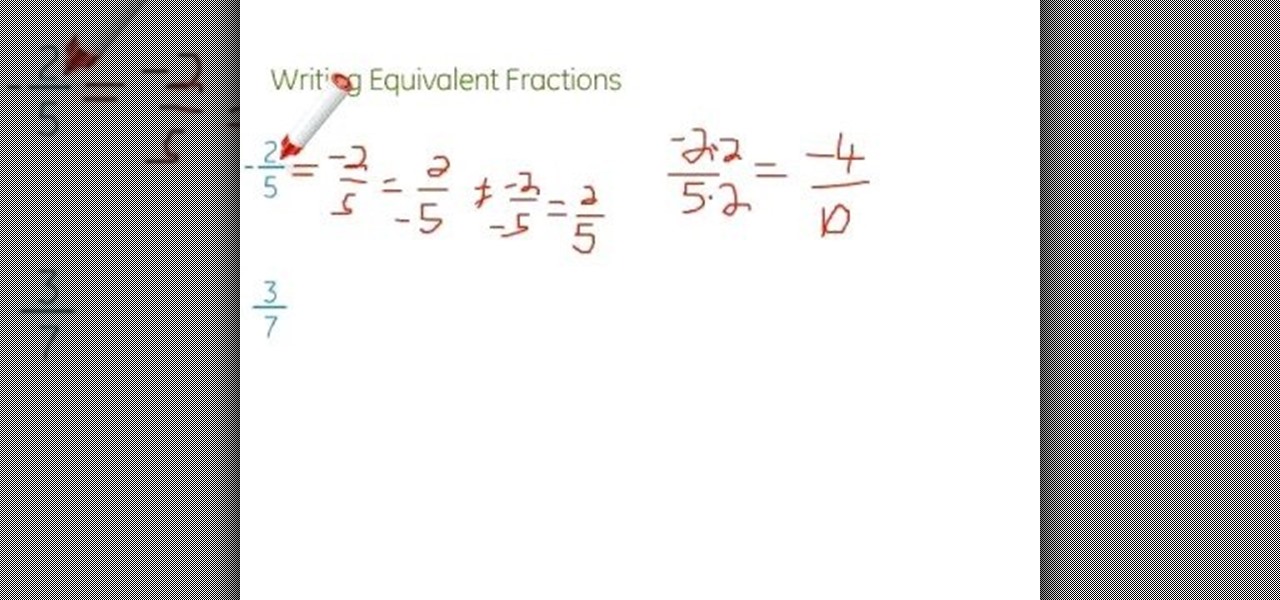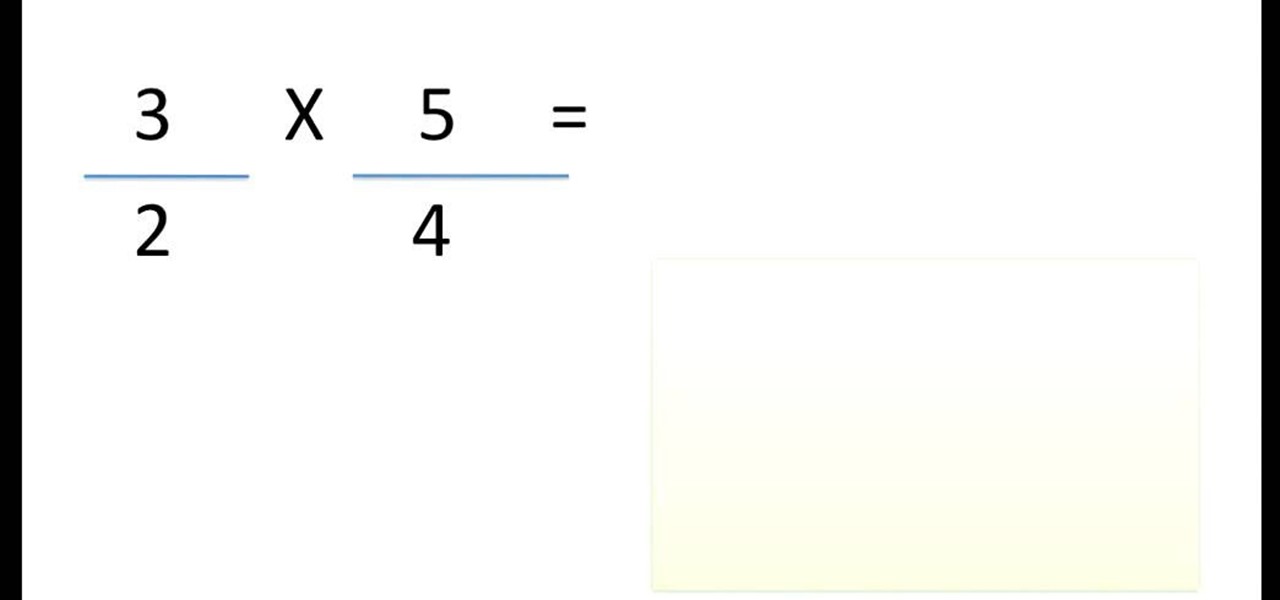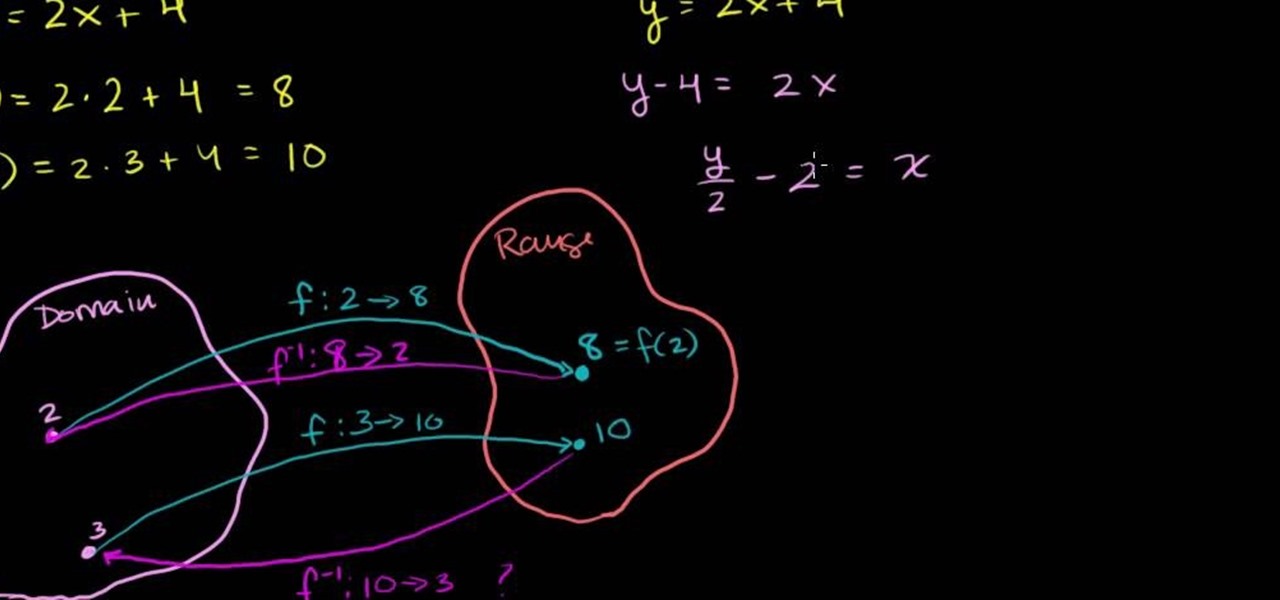
According to Shelley Lovett Pop Beads are a wonderful addition to any early learning environment. In this video Lovett starts by showing all of the different shapes, sizes and colors the Pop Beads come in. She also explains to the viewer where the beads can be purchased. Lovett then demonstrates how the unique construction of the beads makes it somewhat difficult to snap them together. Yet is it the required pinching and grasping that makes playing with Pop Beads so beneficial to developing a...

Algebra – The Distance Formula.
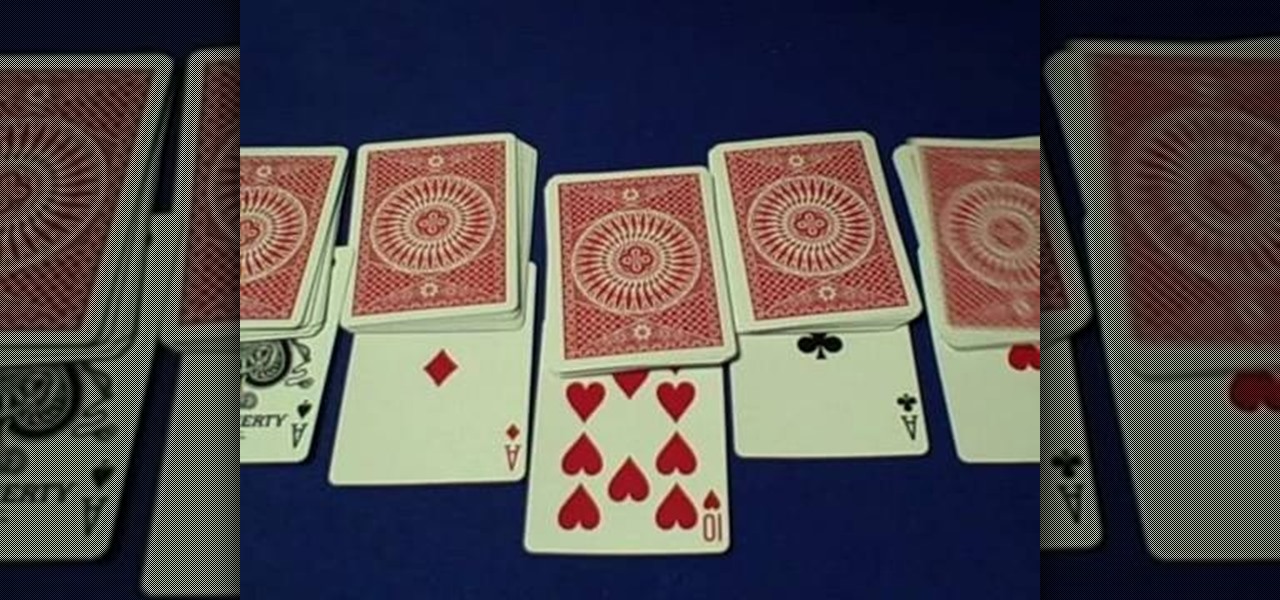
This video shows you how to perform the magic card trick "The Kicker". In poker when you have four of a kind, the fifth card in your hand is called the Kicker card. It's usually meaningless unless you have a tie where it is used to determine the winner. In this trick you learn how to use the kicker card, in this case a 10 of hearts, to find the four aces inside a deck of cards as if by magic. This trick is based on math rather than sleight of hand, once you arrange the deck as you learn in th...

Have a 3 dimensional figure that you can not figure out the surface area? This video teaches the fundamental concepts and techniques of figuring out the surface area of a 3 dimension figure. In this video, the specific shape will be a rectangular prism. The video will assist its viewers in understanding and learning the process of how to find the surface area of this 3 dimensional figure. The method is simple and easy to learn. This is highly recommended to anyone with an interest in math.
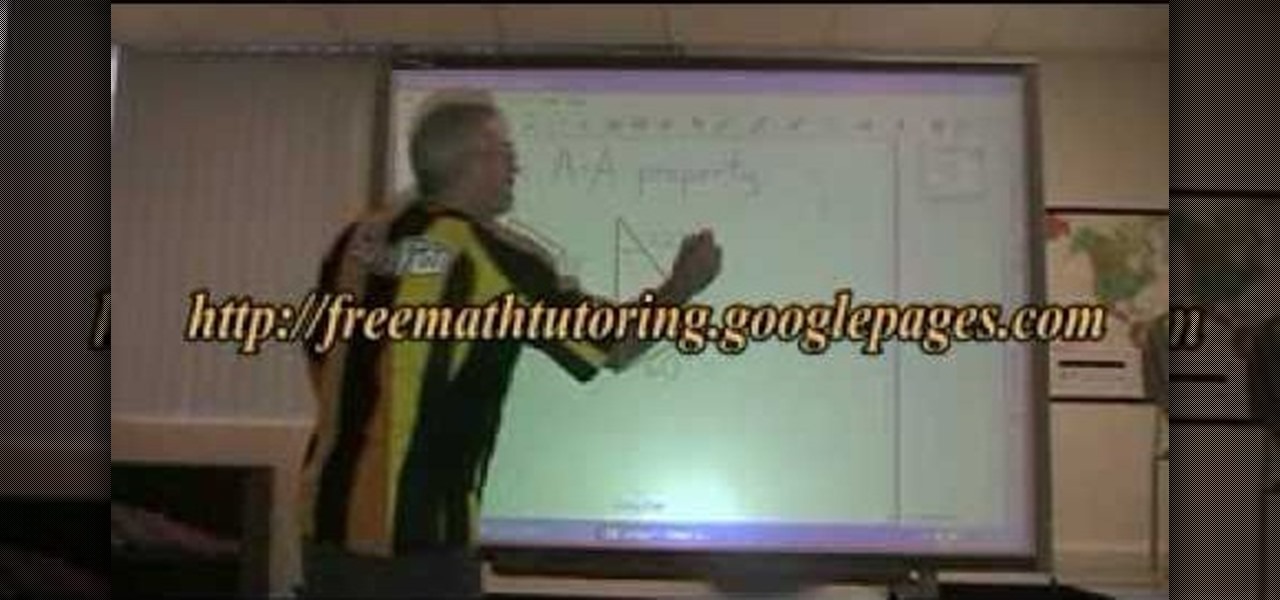
Dougsimmsonline shows how to determine whether or not 2 triangles are similar. Not only does he go on to show that they are but he describes step by step how to do the math to find missing angles. He does this process twice to show one set of triangles being similar and show the other set of triangles as not being similar. Doug is using a large computer touch screen as his drawing board to show you how this process is done.
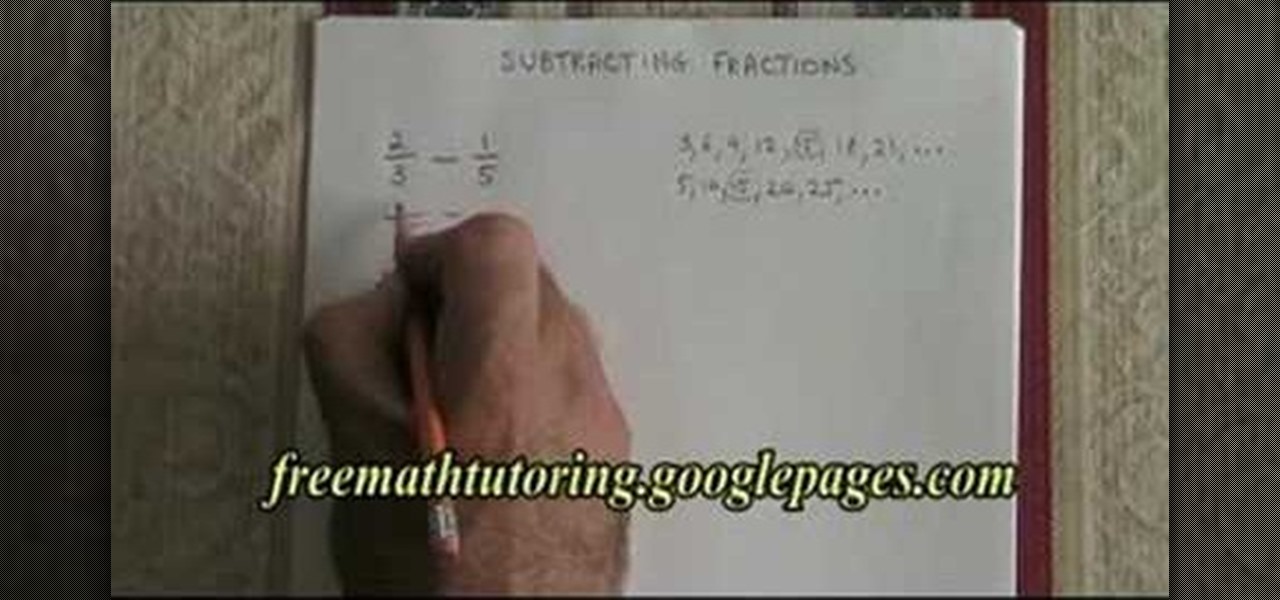
Fractions are confusing, aren't they? They're numbers, but they're not really numbers and they're also pieces of numbers..fractions are a lot of things. When you begin working with fractions, you will need to know how to add and subtract them. In this tutorial, math teacher Mr. Simms shows you how to subtract fractions. This tutorial is very helpful and easy to follow along with. It takes a little practice but everybody is able to learn fractions with enough hard work.

Get help with your math homework and learn to find the area of a trapezoid by watching this video. Following along while four examples are solved, the viewer will learn how to calculate the area when all the required measurements are given and will learn to calculate distance of one side when the area of the trapezoid is known. If you are learning about measurement in school or are trying to find the areas of a trapezoid for another reason (maybe you are carpeting an oddly shaped room), this ...

Do you need help in math? Unable to calculate the surface area of a rectangular prism? This video helps you understand how to calculate the surface area of a rectangular prism. By showing each step required to calculate the surface area of a prism and a detailed explanation of each step, anyone will be able to learn how to successfully calculate the surface area of a rectangular prism. By the end of the video, you can also calculate the surface area of a rectangular prism.

Finding the percent of a given value is made simple and easy in this math tutorial video. In step one you must divide the part or the portion by the whole. As a result we obtain a decimal number. In step two, we must then move the decimal point two places to the right in order to convert the number into a percent value. This brief video tutorial illustrates the process in these two steps and makes it simple for anyone to be able to obtain a percent value for a portion of a whole.

The above video is very informative to anyone who does not know the division of fractions. The author very neatly explains the meaning of a common divisor i.e. it is a number that divides two numbers evenly. Therefore, one must divide a fraction as many times until the remaining fraction has 1 as a divisor. It is very easy to find the common divisor. Both the numerator and the denominator must be divisible by that number. The author in the present video has done a good work.

This video will show those who would like to learn more about math how to easily compare fractions with different denominators using a simple technique. You will be able to compare the fractions to each other by multiplying the numerator of each fraction with the denominator of the other, in a process called cross-multiplication. Keeping the numbers on the proper side of the equation, compare the two products which you receive from each cross multiplication and you will be able to compare the...

In this Math Made Easy tutorial the author shows how to subtract positive and negative numbers. He says that because of the numerous combination of positive and negative numbers it adds to a lot of confusion. Now he shows a trick of how to add positive numbers to negative numbers showing that it's equivalent to subtracting the negative number from the positive number. He shows that if you want to subtract a negative number from a positive number we should actually cancel all the signs and the...

The is a video from free math tutoring that teaches you about in-equations or inequalities and optimization functions of algebraic problems.

This is a helpful video provided by Math Problem Generator. It deals with the complex challenges of dividing variables. The audio is great and provides specific examples of dealing with multiple types of this problem. The video lays out three simple steps. The first being to simplify the coefficient, the second being to divide the variable, and the third being to deal with the results of the division. The information is clearly presented and best of all it's free. I think we all wish there we...

Do you want to be the next David Blaine, Chris Angel or David Copperfield? These magicians know how to do magic right, and they know how to do card tricks right, but why can't you? Just watch this video tutorial to see how to perform a magic mathematical card trick.

What else can you do with a deck of cards besides play games? Magic! There's nothing better for a magician's repertoire than a few great card tricks, so make sure you watch this video tutorial on how to perform the "year game" magic card trick. This is a lengthy trick, but it's sure to amaze and baffle anyone. To do this year game card trick, a little mathematics goes a long way, so don't fall asleep in math class.

What else can you do with a deck of cards besides play games? Magic! There's nothing better for a magician's repertoire than a few great card tricks, so make sure you watch this video tutorial on how to perform the "impossible card location" magic trick. This is a lengthy trick, but it's sure to amaze and baffle anyone. To do this impossible card location card trick, a little mathematics goes a long way, so don't fall asleep in math class.

Erno Rubik had no idea his three-dimensional, mechanical puzzle cube would be so popular when he designed it, but he did know it would perplex problem-solvers all over the world. In order to solve the Rubik's Cube, you need to know a little bit about math, specifically algorithms. In this video tutorial, learn how to solve the 4x4 Rubik's Cube Revenge the easy way. If you can solve the Classic Rubiks Cube, this 4x4 Rubik's Cube Revenge should make things a little more difficult.

Just like the title says, learn how to crack a master lock. Not pick the lock (picking a master lock will not get you the combo). You don't need any special tools to crack this master lock- all you need is the right technique. Crack master locks for fun only - don't use this for illegal purposes. Great trick if you lose your combination to your master lock. All you need is a little math. Learn how to hack a master lock with this lock cracking tutorial.

Mike Lively of Northern Kentucky University demonstrates how to create a 3D plotting program for the sinc math function. Part 1 shows how to convert a Flash Package into a Flex application. Part 2 shows how to get the sinc function running and add different textures. Create a cool interactive 3D plotter in thie Adobe Flex Builder 3 and Papervision3D tutorial.

Learn how to minimize the sum of squared error for regression line problems in stats. Whether you need help studying for that next big stats text or just a hand finishing your homework, you're sure to be well served by this four-part free video math lesson from Salman Khan.

Want to find the value of a t-statistic confidence interval for a small sample? This clip's your ticket. From Ramanujan to calculus co-creator Gottfried Leibniz, many of the world's best and brightest mathematical minds have belonged to autodidacts. And, thanks to the Internet, it's easier than ever to follow in their footsteps. For all of the details, watch this installment from Internet pedagogical superstar Salman Khan's series of free math tutorials.

From Ramanujan to calculus co-creator Gottfried Leibniz, many of the world's best and brightest mathematical minds have belonged to autodidacts. And, thanks to the Internet, it's easier than ever to follow in their footsteps (or just study for that next big test). With this installment from Internet pedagogical superstar Salman Khan's series of free math tutorials, you'll learn how to calculate a confidence interval in basic statistics.

From Ramanujan to calculus co-creator Gottfried Leibniz, many of the world's best and brightest mathematical minds have belonged to autodidacts. And, thanks to the Internet, it's easier than ever to follow in their footsteps (or just study for that next big test). With this installment from Internet pedagogical superstar Salman Khan's series of free math tutorials, you'll learn how to find a 95% confidence interval in statistics.

In this video, we learn how to graph an equation. First, pick a point out of the equation and see if it's a solution to the equation. This equation shows where two lines cross in the math problem. See if the two coordinates are part of the line that is on the equation. The two numbers are going to be the 'x' and 'y' that you plug into the equation. Once you have these written out, you will be able to graph them using the coordinates on the graph. Once finished, you will have graphed the equat...

In this video, we learn how to understand completing the square. First, you will write the quadratic expression out. Then, you will write the open bracket so you write it out in the correct format. Now, find the number in front of the 'x' term, which is the coefficient. Then, write this number on the other side of the equation in the parenthesis. From here, you will need to follow the proper rules of math to find out what the square is equal to. When you are finished, make sure you label the ...

In this video, we learn how to understand negative exponents. The one rule you have to remember is when you have a number with a negative power, then you need to divide it over one. You can take this term and put it in the denominator of your fraction to make it a positive exponent. For example, if you have 5 to the -1, then you can move the 5 to the denominator and get 1/5, which is the same exact thing! This is one of the most basic rules in math. Once you understand this, simplifying fract...

In this tutorial, we learn how to graph a parabola. Quadratic functions are parabolas. To graph these, you will first need to look at the function, which is the set of outputs for a set of inputs. Write this out on a t-chart to find what your 'x' and 'y' values are. Once you find these, you will plug in the coordinates to a graph. After you have written down the coordinates, you can graph your parabola. This is easy to do if you are familiar with quadratic functions and good at math. Just pra...

In this video, we learn how to read a ruler. First, grab you ruler and look on the top and the bottom of it. The top is divided into different marks that shows inches, half inches, and quarter inches. If you aren't familiar with reading this, just use the markers at the top to help you count between 1/4, 1/2, 1/8, etc. The other side of the ruler is used for centimeters, which you usually will not use in the United States very often. Learning how to read a ruler can help you get better with f...

As you might guess, one of the domains in which Microsoft Excel really excels is finance math. Brush up on the stuff for your next or current job with this how-to. In this tutorial from everyone's favorite digital spreadsheet guru, YouTube's ExcelIsFun, part of his "Excel Finance Class" series of free video lessons, you'll learn how to use the PV and PMT functions together to decide how much you need at retirement and how much you should deposit each month during your working years.

With mathematics, as with anything else, not everyone progresses at the same rate. Geometry is no exception. Happily, in the age of Internet video tutorials, this isn't a problem. Those who progress quickly can go beyond what's being taught them and those who are struggling likewise have all the time in the world to catch up. With this free video math lesson, you'll learn how to calculate the volume of any cube.

With mathematics, as with anything else, not everyone progresses at the same rate. Geometry is no exception. Happily, in the age of Internet video tutorials, this isn't a problem. Those who progress quickly can go beyond what's being taught them and those who are struggling likewise have all the time in the world to catch up. With this free video math lesson, you'll learn how to calculate the volume of a prism.

In this video, we learn how to find the determinant & area of a parallelogram. The determinant of a 2x2 matrix is equal to the area of the parallelogram defined by the column vectors of the matrix. Graph both of the equations that you are given on the vertical and horizontal axis. After you have all of the coordinates in place, you will be able to plug in the correct numbers to figure out what the answer to the equation in. This is more advanced math, so if you have not done it before, you sh...

In this video we learn how to balance chemical equations properly. What is a chemical equation? It's a statement that uses a chemical formula to show identities and relative amounts of the substances involved in a chemical reaction. To balance an equation out you must have the same number of atoms on both sides of the chemical equation. Or, you must have the same amount of mass or matter on both of the sides. Once you have these balanced out so they are the same then you will have it complete...

In this video, we learn how to find the area of a trapezoid. The formula to figure out how to find the answer is: Area= 1/2x (base1 x base2) x height. Now, find the bases and the height of the trapezoid. Remember that the height must always be perpendicular to the bases. Once you have found these, add the bases and multiply by the height. You can use a calculator to do this or do it off hand if you're good with math. For the third step, divide the answer by 2 and then write down the answers w...

In this tutorial, we learn how to divide numbers with exponents. The quotient rule states that we can divide two powers with the same base by subtracting the exponents. With the same base, you can subtract the exponents to get something that would be the answer. For example, if you have 6(to the fourth) divided by 6(to the second), this would come to equal 6(to 4-2). This would break down to equal 6(to the second power). Once you have this, you will be able to do the math for this and figure ...

In this tutorial, we learn how to write equivalent fractions. If you have a negative in front of the fraction, it's the same as writing the negative on the numerator or the denominator. If we would have a negative on the top and on the bottom, this would cancel both out to create a positive, which wouldn't be right. To write the fractions, simplify it. If it's already simplified, you will need to multiply the fraction. After you do this, you will finish the equation and have it written out in...

In this tutorial, we learn how to divide fractions step by step. First, you will need to know the different parts of the fraction, the numerator and the denominator. After you know these, you will flip the second fraction in the equation so the numerator is at the bottom and the denominator is at the top. Once you do this, change the division sign to a multiplication sign. Now, you will multiply the fraction as you normally do and then have the answer! This is a very simple way to divide frac...

In this tutorial, we learn how to change fractions to decimals. First, you will need to divide the numerator by the denominator. The numerator is the top number and the denominator is the bottom number. Once you get this number, you will end up with a decimal instead of a fractions. When finished, you will end with the number that will be your answer! Practice doing this with simple numbers, then move onto more difficult to test your mind and get better and better at math! This is an easy con...

From Ramanujan to calculus co-creator Gottfried Leibniz, many of the world's best and brightest mathematical minds have belonged to autodidacts. And, thanks to the Internet, it's easier than ever to follow in their footsteps. With this installment from Internet pedagogical superstar Salman Khan's series of free math tutorials, you'll learn how to solve problems involving function inverses.








